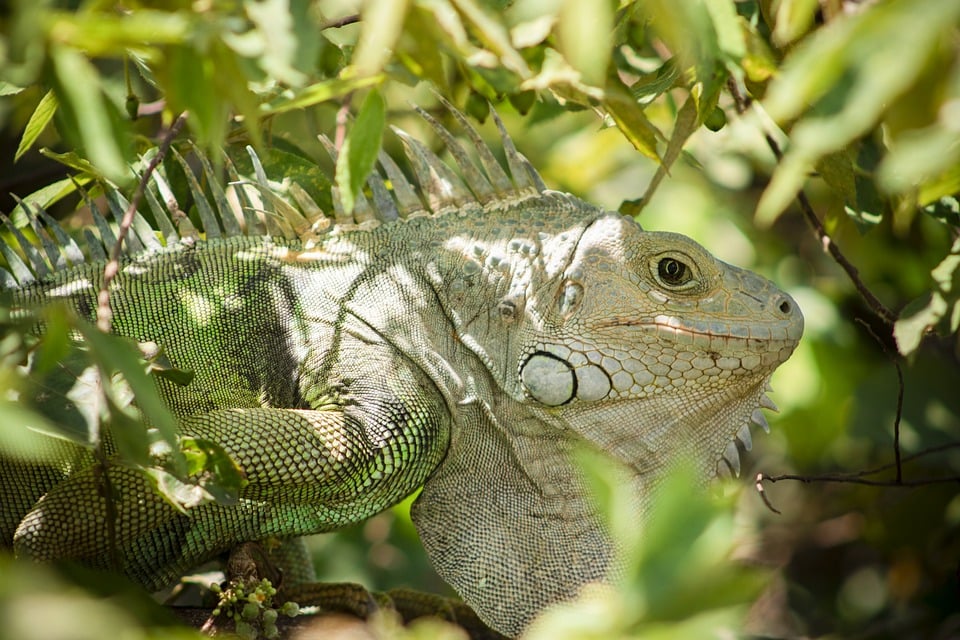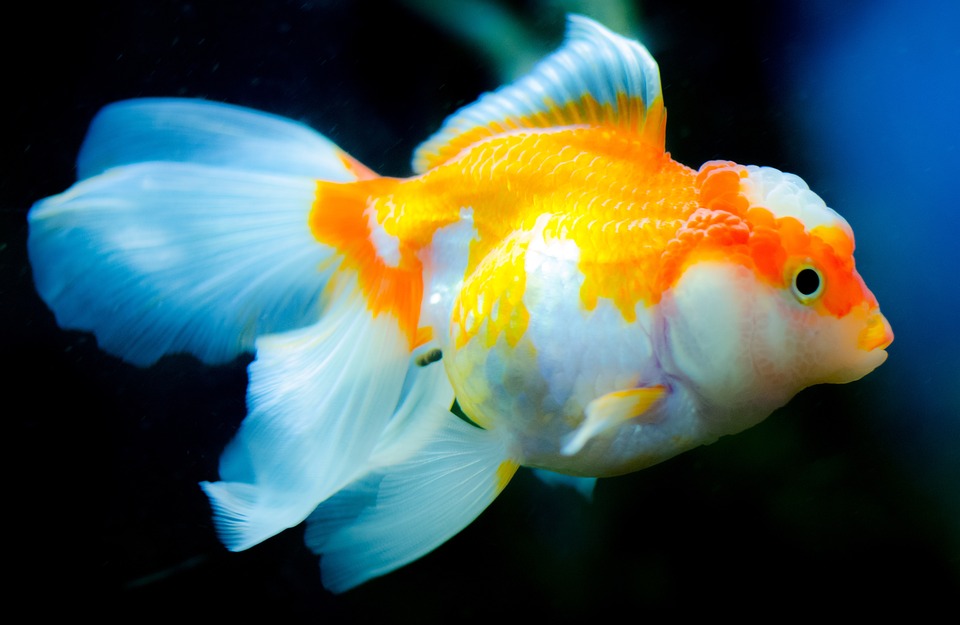Antimicrobial chemicals are essential to modern medicine, but with resistance increasing, the World Health Organisation recently warned of a pressing need for new drugs. More than 1.2 million people worldwide are killed by drug-resistant bacteria each year. Antibiotics and antifungals are crucial in treating serious bacterial and fungal infections, but with resistance on the rise, the development of new drugs is imperative.
In a recent study, a group of microscopic animals known as bdelloid rotifers has been found to possess a unique defensive strategy against infections. These tiny creatures, about the size of a hair’s breadth, have been copying recipes for antibiotics from bacteria for millions of years. This unusual behavior could potentially offer shortcuts in the race to develop antimicrobial treatments.
Bdelloid rotifers are fascinating creatures that live in freshwater environments such as ponds, streams, and lakes. They have the ability to import genes from various sources, including bacteria, fungi, and plants. This horizontal gene transfer is uncommon in larger animals but is a common phenomenon in bacteria. The stolen genes play a crucial role in helping the rotifers fight off infections.
When exposed to a deadly fungal disease, the rotifers activated hundreds of stolen genes to combat the infection. These genes appeared to contain instructions for antimicrobial chemicals that were previously thought to be produced only by bacteria and fungi. By analyzing the gene activation patterns, researchers observed the rotifers using these antimicrobial recipes to fight off the fungal disease.
The study revealed that bdelloid rotifers have incorporated antimicrobial recipes into their DNA, potentially making them valuable allies in the search for new antimicrobial treatments. With hundreds of species of rotifers and a long history of gene copying and testing, they may hold the key to discovering novel antimicrobial compounds.
One of the intriguing aspects of bdelloid rotifers is their lack of sexual reproduction. All rotifers are females, and they reproduce by laying eggs that hatch into genetic copies of themselves. This lack of genetic diversity can make them vulnerable to infectious diseases. To compensate for this, the rotifers have developed mechanisms such as gene piracy to enhance their ability to combat infections.
The unique evolutionary history of bdelloid rotifers, coupled with their ability to acquire and utilize antimicrobial genes, presents exciting possibilities for combating antibiotic resistance. By studying these tiny animals that have evolved over millions of years to survive in challenging environments, researchers may uncover new strategies for developing effective antimicrobial treatments.
In conclusion, the study of bdelloid rotifers sheds light on the potential of nature’s ingenuity in combating antimicrobial resistance. By harnessing the unique genetic capabilities of these microscopic creatures, researchers may pave the way for the development of novel antimicrobial drugs. The insights gained from studying these remarkable animals could offer valuable solutions to the pressing global health challenge of antibiotic resistance.





